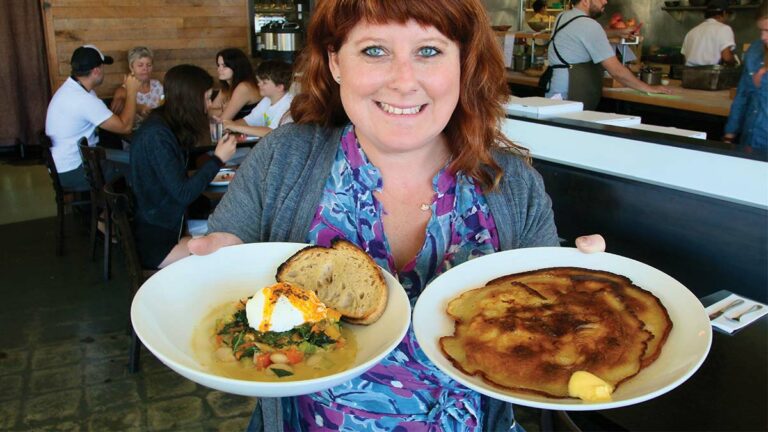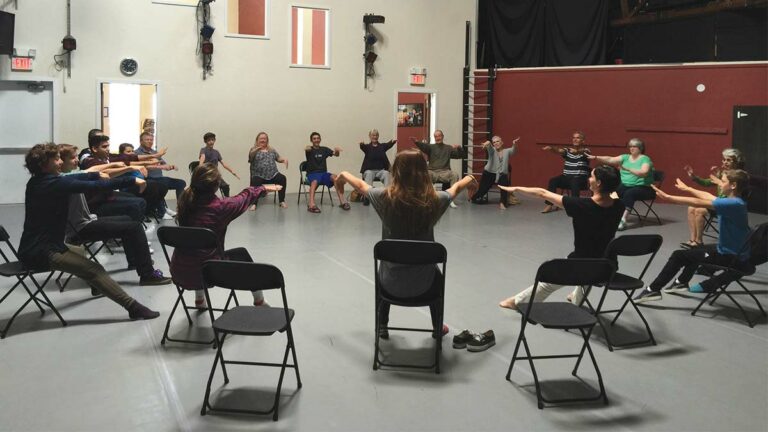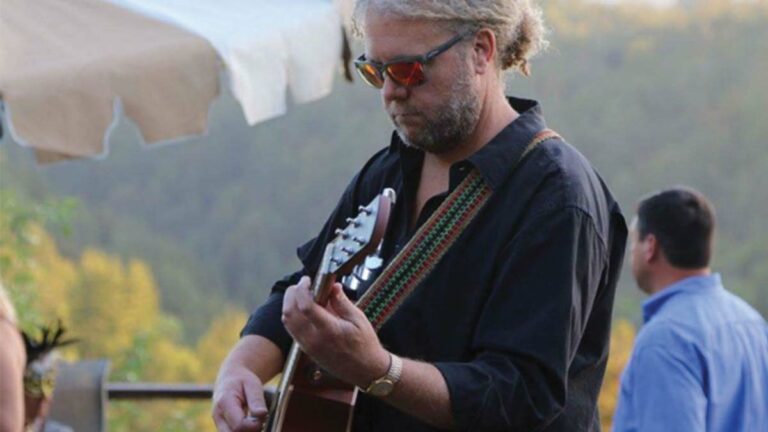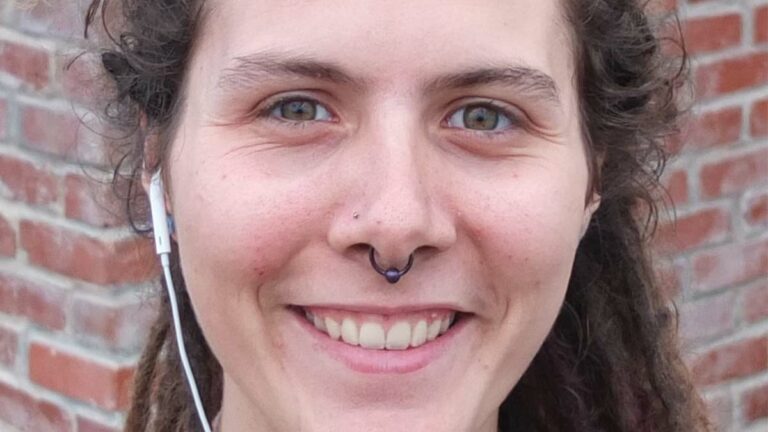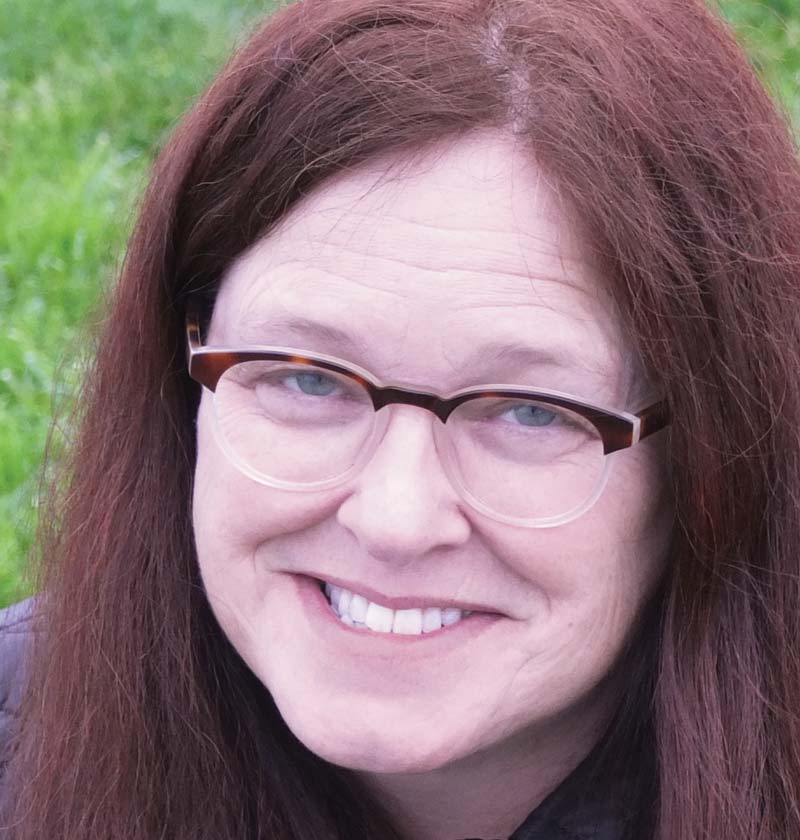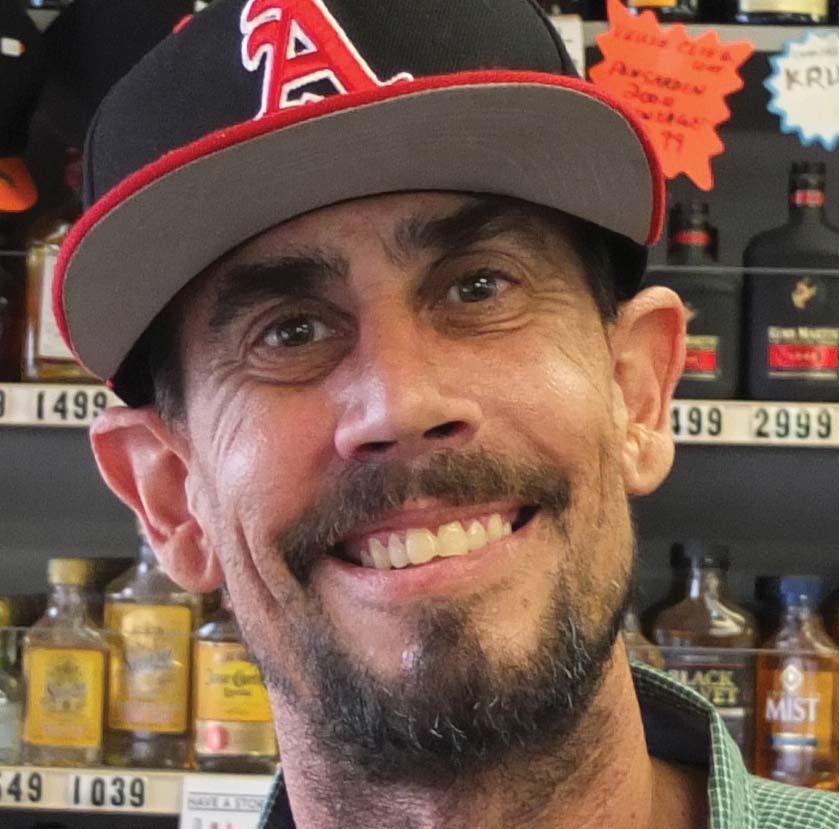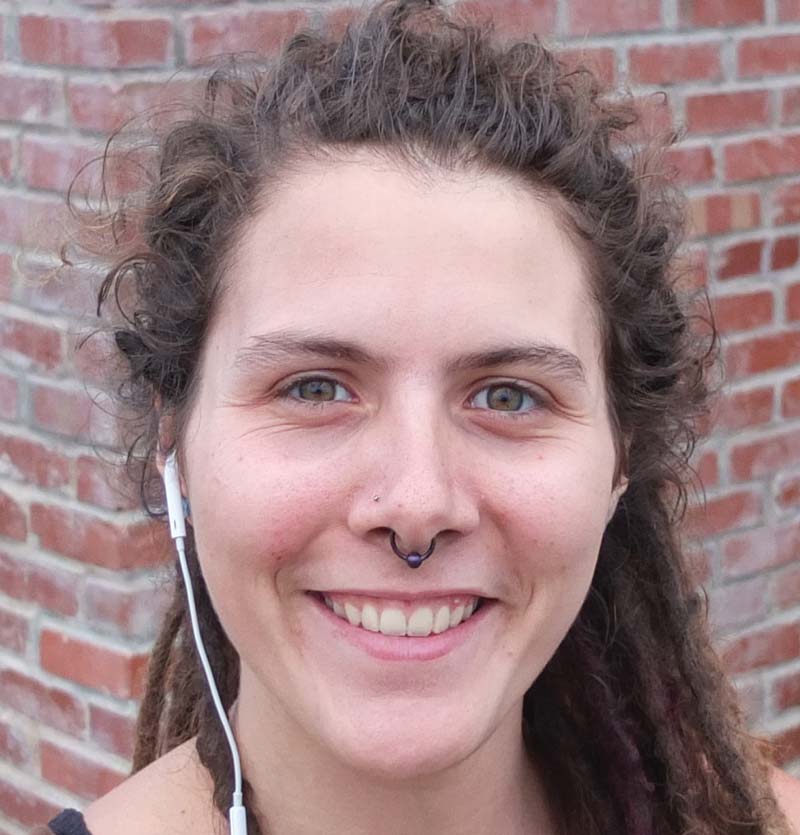Low gas prices have economists arguing about cheap oil’s impact on the economy—good and bad. But few people have been hit harder than those in the renewable energy field, according to Ray Newkirk, co-owner of the Green Station, the only place to get biodiesel in Santa Cruz County.
“Our sales have definitely dipped since the price of petroleum has been so totally low in the past year, year and a half. It was down to $2.09 for diesel for a while, and we’ve generally been around $4.59,” Newkirk says, leaning back in his chair in the dimly lit back end of what was once a 76 gas station. “Right now, we finally got our suppliers to drop their prices for us, but one of them went out of business because they couldn’t hang in there. Our costs are actually fixed. These are real reality-based prices.”
On a scorching Saturday afternoon, we’re sitting in the biodiesel station’s “office,” a narrow shed-like hallway cluttered with bicycles, backpacks, and vials leftover from chemistry tests. Political newspaper cartoons fill the windows of what looks like it was once a mini-convenience store. Outside, one working pump and a few non-operational ones face out toward the intersection of Soquel and Ocean streets, and a fading red-white-and-blue sign that reads “Bernie 2016.” Newkirk is wearing camouflage cargo shorts and a green T-shirt with trees on it he just threw on. Five minutes ago, he was chasing down a U-Haul truck, shirtless in the parking lot, his long gray, braided ponytail flopping around behind him.
The station serves B99—99 percent biodiesel, one percent petroleum—and it is the fuel of choice for Santa Cruz’s Green Cab taxi.
More than a half decade ago, Newkirk began renting out U-Haul trucks at the site to help cover rent. Still, the Green Station will be lucky if it breaks even this year. “Between biodiesel and U-Haul, we hang on by the skin of our teeth every month. It’s been that way for a lot of years,” says Newkirk, who works as a general contractor on the side, and is studying to be a yoga instructor.
Newkirk says green energy fuels like biodiesel would be much more competitive if it weren’t for the subsidies and other money the feds pour into protecting oil interests each year.
A 2007 report from the National Defense Council Foundation called “The Hidden Cost of Oil,” for instance, found that Americans pay top dollar for their oil addiction—between troops in the Persian Gulf, lost investment and revenue, and other factors. The report was authored by the late Milton Copulos, a prominent member of conservative think tank the Heritage Foundation, which was a leading proponent of fiscal conservatism during the Ronald Reagan administration. That “hidden cost” was an extra $825 billion per year, the report found—enough to add an extra $8 onto the price of a gallon of gasoline.
As Newkirk tells it, the story of squeaking by and running a biofuel station is the story of a small band of radicals standing up to moneyed interests and bizarre overregulation. California’s Division of Measurement Standards, for instance, forced them to spend an extra $8,000 on a standardized pump, even though their previous pumps were working better and lasted longer, he says.
But in order to create a more level playing field for renewable energy, Congress did pass a $1-per-gallon rebate for biodiesel producers, as long as it contained at least .1 percent petroleum.
“One tenth of one percent was enough to qualify for the tax credit,” Newkirk explains. “It didn’t do anything for the fuel. Except poison it. But that’s their standard.”
Around the country, fueling stations pump out biodiesel with a range of petroleum and renewables. B2 fuel, for instance, is only 2 percent biodiesel and 98 percent petrodiesel.
Car manufacturers usually void the warranty when someone fills up on diesel above B20. Newkirk says B99 biodiesel is perfectly safe for cars—customers just have to change their oil a little more often because tiny fuel particles can end up trapped in the engine and dilute the oil. “We have a few customers who are like ‘Fuck them! I don’t care, man! We’re gonna do biodiesel anyways! We don’t care about warranties!’ This is Santa Cruz, and people are that way,” Newkirk says. “So you know, they just change their oil every 3,000 miles instead of every 10,000, and nobody’s had any trouble.”
Congress has always re-approved the biodiesel tax credit, which went into effect in 2005, on a year-to-year basis—often at the 11th hour, passing a bill that retroactively counts to fuel pumped earlier in the year. The lack of reliability has forced many business owners out of the industry, and a national campaign is afoot nationwide to make the rebate permanent.
Over the years, debates have raged over how sustainable alternatives like biodiesel and ethanol—for gas-powered cars—even are. Compared to petroleum fuels, biodiesel releases slightly more nitrous dioxide, which causes acid rain. But it cuts back on greenhouse gas emissions and eliminates sulfur dioxide altogether—another acid rain contributor, Newkirk says.
Newkirk first broke into the industry in 1999, and his first biodiesel venture at the same Ocean Street location went bankrupt in 2008. After jumpstarting the business and adding U-Haul rentals, he and his new partners added tiny electric car sales to their résumés, as well. From the parking lot, they sold about 15 ZENNs—zero emissions, no noise. The neighborhood “microcars” couldn’t go above 25 miles per hour, but they came on the market before car companies started releasing higher-end models like the Nissan Leaf and Chevy Volt.
These days, Newkirk and his cohort are working on a new degreaser made from biodiesel. With a few modifications, he says, the fuel becomes just about the most amazing multi-purpose cleaner he’s ever used, as it breaks down car wax, roofing caulking, even black tar. At this point, they’re still tinkering with the bottling and marketing.
The working title: BioD-40—a play off of WD-40.
“We’ve tried to make sustainable transportation our business model, not just biodiesel,” Newkirk says. “We had a tiny bit of success, and I guess our success right now is that we’re still here.”
FOLLOW US





